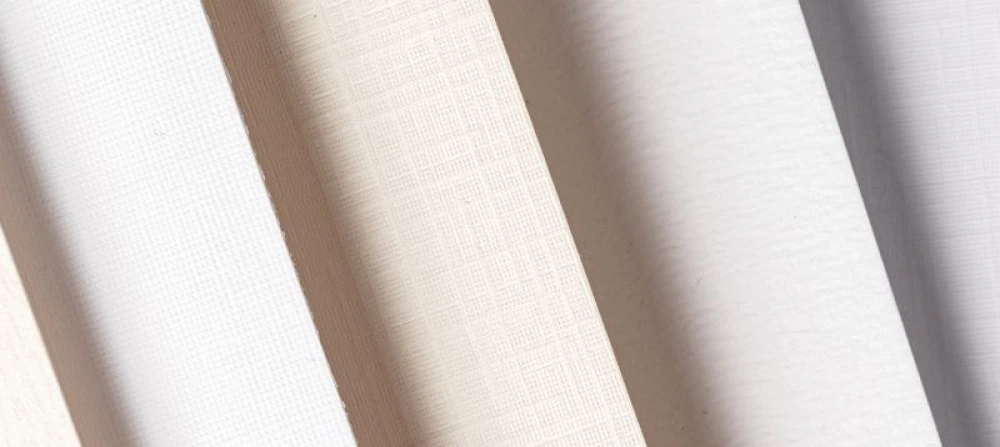Menu
Menu

Choosing the right paper type for your printed marketing material is critical to making the right impression on your target audience. With so many types of paper available, it can be challenging to choose the perfect one for your printing project. It’s important firstly to think about what the intended use and audience is for your printed items.
How long does your product need to last? What message are you trying to convey – e.g. if you are selling high-end real estate, you’ll want your brochures to feel luxe and special; if you’re advertising the latest grocery specials, a more economical stock will suffice.
Below are some of the things to think about when picking the right paper type for your printing needs.
The weight of the paper is one of the most important factors to consider when selecting a paper type. The weight of paper is measured in grams per square meter (gsm). The higher the gsm, the thicker and more substantial the paper will be. Heavier paper is better suited for printing items such as business cards and brochures. For items like flyers and posters, lighter paper is generally sufficient.
It’s important to note that the ideal paper weight will depend on your specific needs. If you’re unsure which weight to choose, consult with your local Worldwide team.
The shade of paper refers to the colour of the paper itself. Most paper comes in either white or ivory, although there are variations of these shades. The brightness of the paper refers to how much light is reflected off the paper’s surface. A higher brightness level means that the paper will appear whiter.
Choosing the right shade and brightness is vital for printing text and images that will stand out. If you’re printing a lot of text, a bright white paper may be preferable. However, if you’re printing images, ivory or off-white paper can help make colours appear more vibrant.
The two primary types of paper finishes are coated and uncoated. Coated paper has a coating that is applied to the surface, which can improve the appearance of printed images and text. Coated paper is generally smoother and has a more professional look than uncoated paper. It’s also more durable and resistant to smudging and smearing.
Uncoated paper, on the other hand, is less smooth and has a more natural look and feel. It’s often used for printing documents or marketing materials that don’t require a glossy or high-quality finish. Uncoated paper is also generally less expensive than coated paper.
There are several types of printing finishes to choose from, depending on your desired look and feel. Some popular finishes include:
In recent years, more and more companies have been making an effort to reduce their environmental impact. If you’re looking to make your printing project more eco-friendly, consider using recycled paper.
Recycled paper is made from post-consumer waste, reducing the number of trees that need to be cut down to produce paper. Many recycled papers are also processed without chlorine or other harsh chemicals, making them better for the environment. Paper is in fact one of the most sustainable industries – when there is a healthy demand for paper, it doesn’t devastate forests as many people think but it encourages sustainable practices that protect and maintain forests in the long run. The paper industry plants more than it harvests and today there are 25% more trees in the developed world than in 1900.
When choosing recycled paper, make sure to look for papers that have a high percentage of post-consumer waste. Some papers are labelled as “recyclable,” but this doesn’t necessarily mean that they’re made from recycled materials.
If you need help choosing the right paper stock for your next project, contact your local Worldwide Centre for advice.
"*" indicates required fields